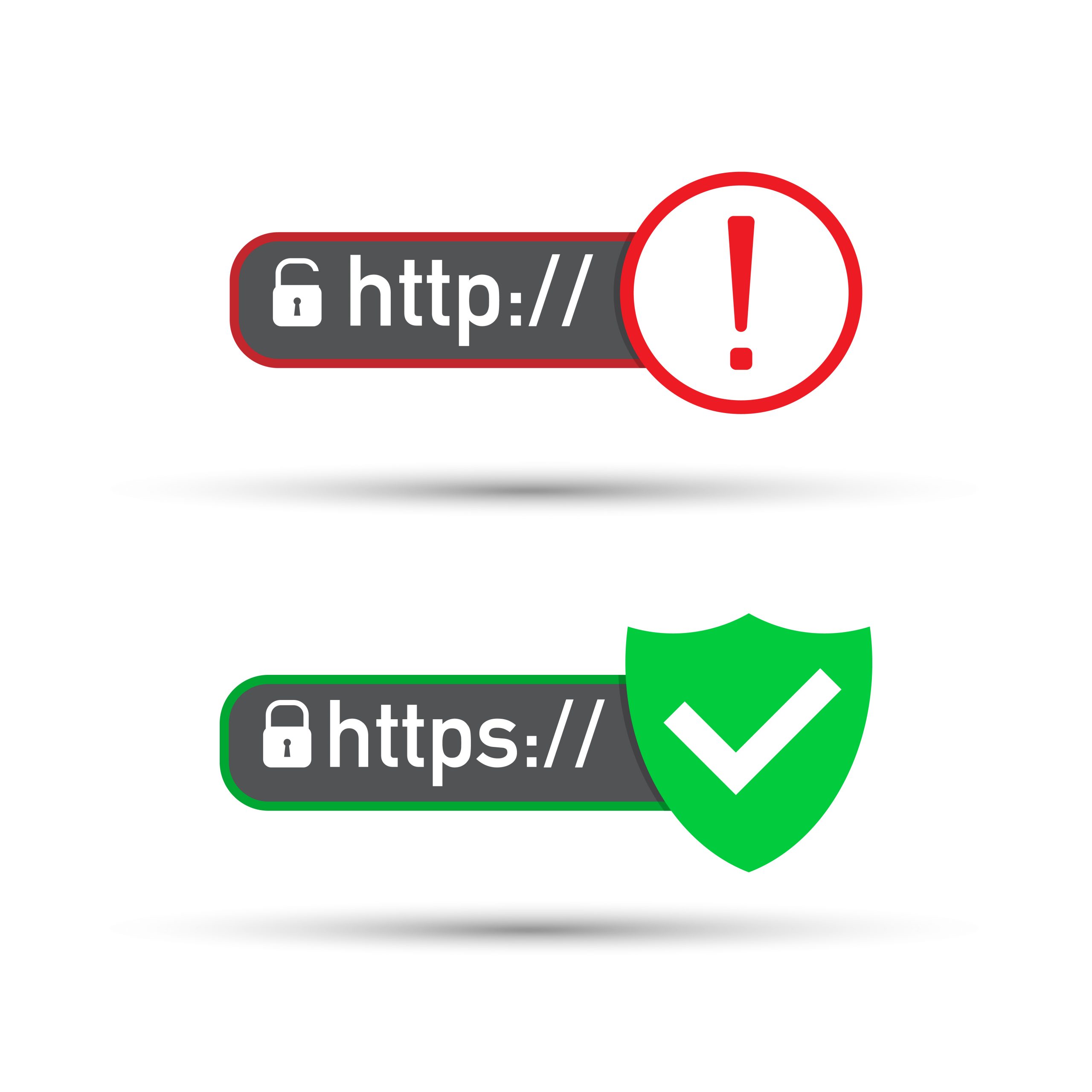Security challenges rank among the most pressing issues of modern times, and creating a trusted environment is essential when doing business online. To protect privacy and ensure online communication is secure, businesses worldwide are stepping up their security by using SSL certificates. It doesn’t just remove the “not secure” message in your browser that assures users that a website is credible, it also builds trust.
Why are SSL certificates so important?
The internet has changed a lot since its beginnings. In the early days of the internet, it was mainly a network for the government and academia to share information. Commercial growth made the HyperText Transfer Protocol (HTTP) vulnerable, but its secure version, the HyperText Transfer Protocol Secure (HTTPS) ensures that ongoing communication online between server and browser is encrypted and secure.
Most importantly, the usage of SSL certificates does not just protect information; it also helps to build trust and a long-term relationship with your clients. Moreover, using HTTPS instead of HTTP can also speed up the connectivity between your website and the browser. Last but not least, it can also help improve SEO efforts because, since 2014, search engines have put additional weight on HTTPS sites.
How can you tell if a website is using HTTPS?
A web address indicates in the browser window whether the site uses HTTP or HTTPS. Many browsers trigger a security warning when a user enters a website with an unsecured connection. Indicators like that give your clients peace of mind that your website can be trusted and that information like credit card details, telephone numbers, or addresses is safe. Which, in turn, can lead to increased conversion rates and client loyalty.

Type of SSL Certificate and Level of Trust
You can differentiate between different types of SSL certificates based on their level of validation: Domain Validation (DV), Organization Validation (OV), and Extended Validation (EV). The level of security increases with every level, as well as the vetting process.



